lime light (2023)
Lime light < Lime light > series consists of 6 artworks. It is a collection of pieces delivering dreamy light inspired by everyday scenes and dynamic ...
As South Korea’s international presence continues to grow, the number of international students pursuing their education in the country has steadily increased, recently surpassing 200,000. However, these students often experience lower food security compared to local residents. This issue is particularly evident among those living in shared accommodations, such as dormitories or boarding houses, where individual food storage and management are limited.
Before designing the application, we conducted user research to better understand the needs of our target audience. The application design focuses on two key functions: it helps users overcome language barriers in cooking by recommending and explaining dishes based on color, making it easier for them to prepare meals and discover foods that match their tastes. Additionally, it promotes the effective use of shared spaces by enabling students to exchange leftover ingredients and engage in communal cooking.
< Foodlink > is a personal design project, but the user study was carried out by a group of researchers, including myself.
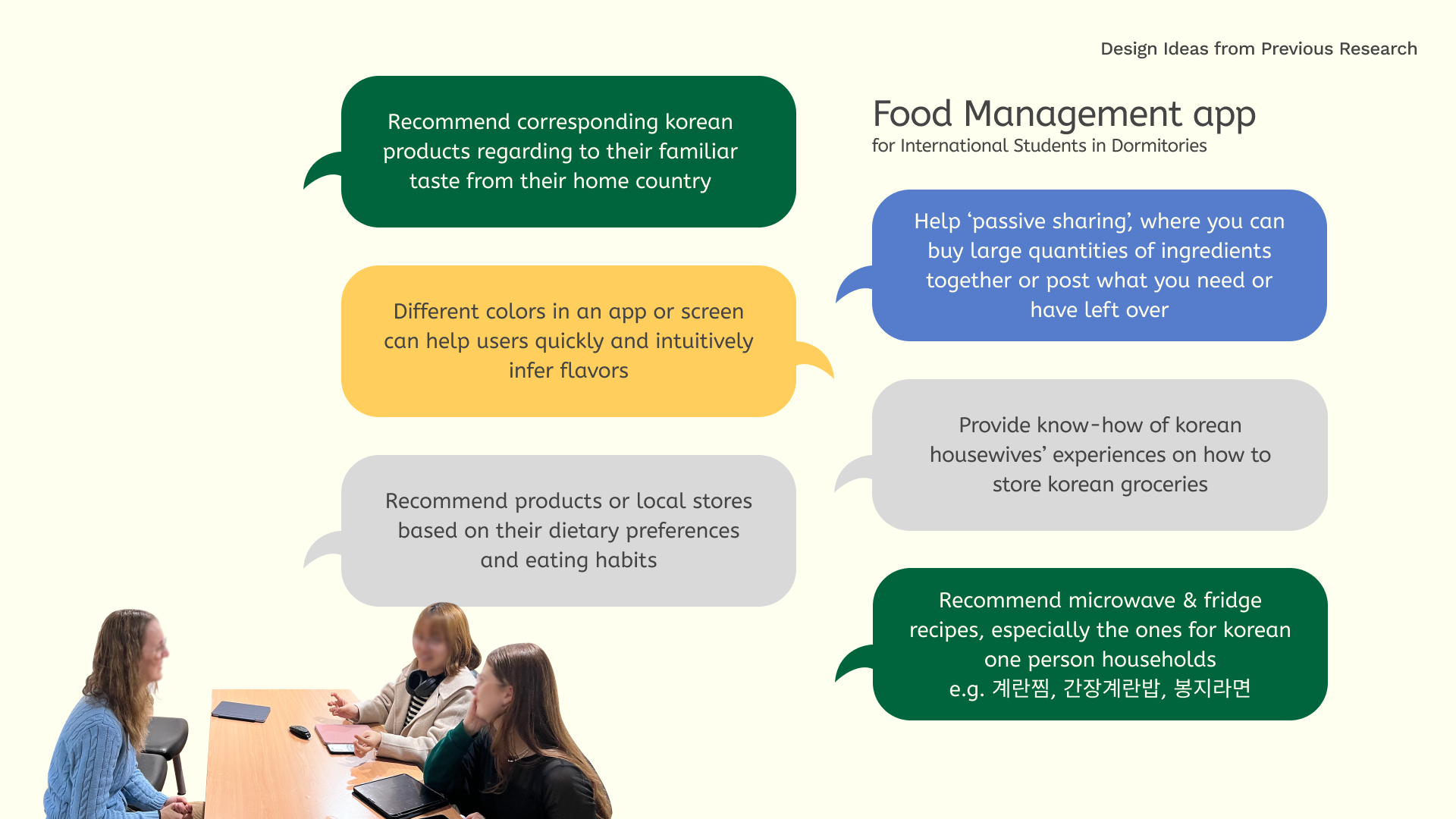
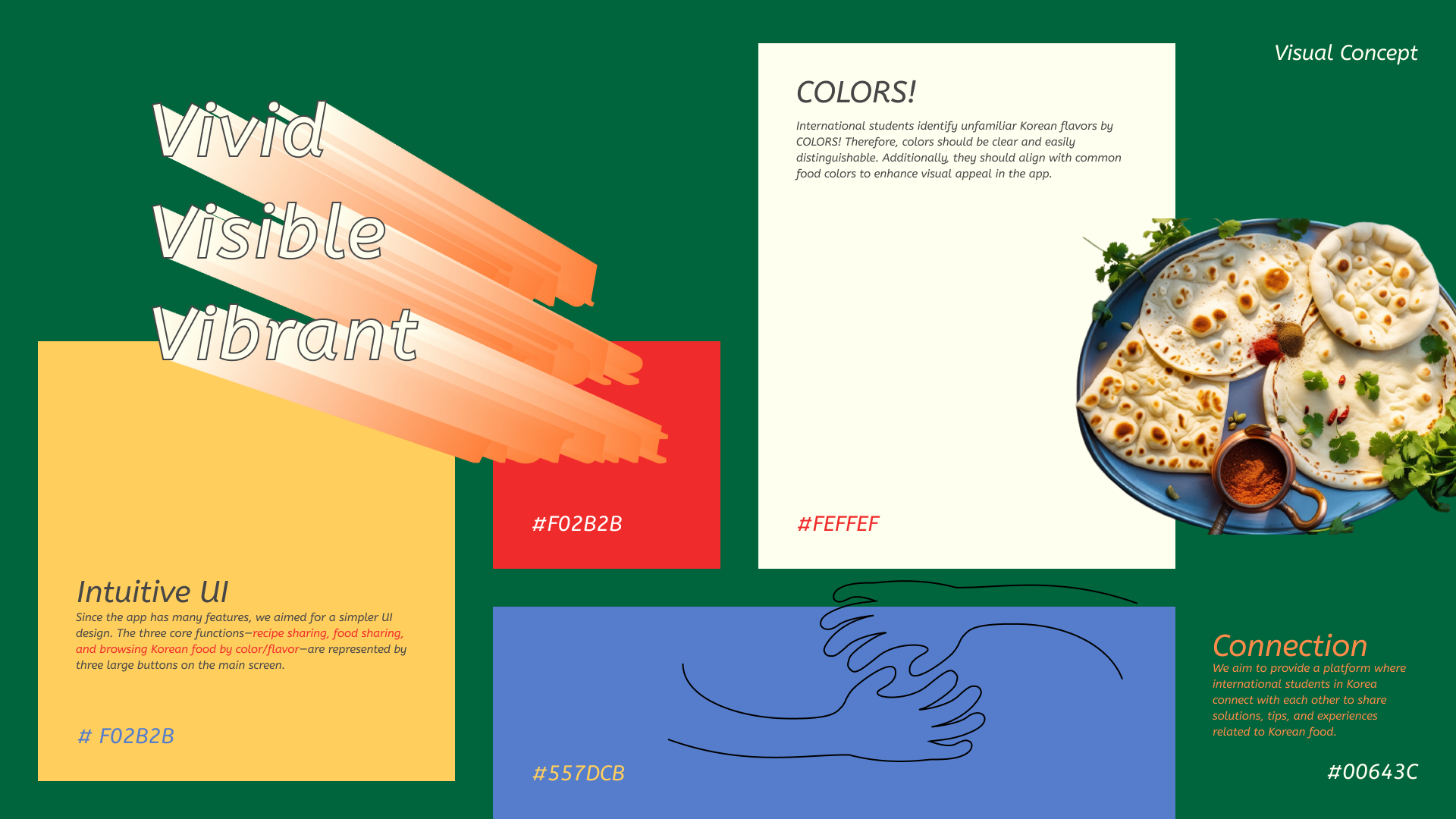
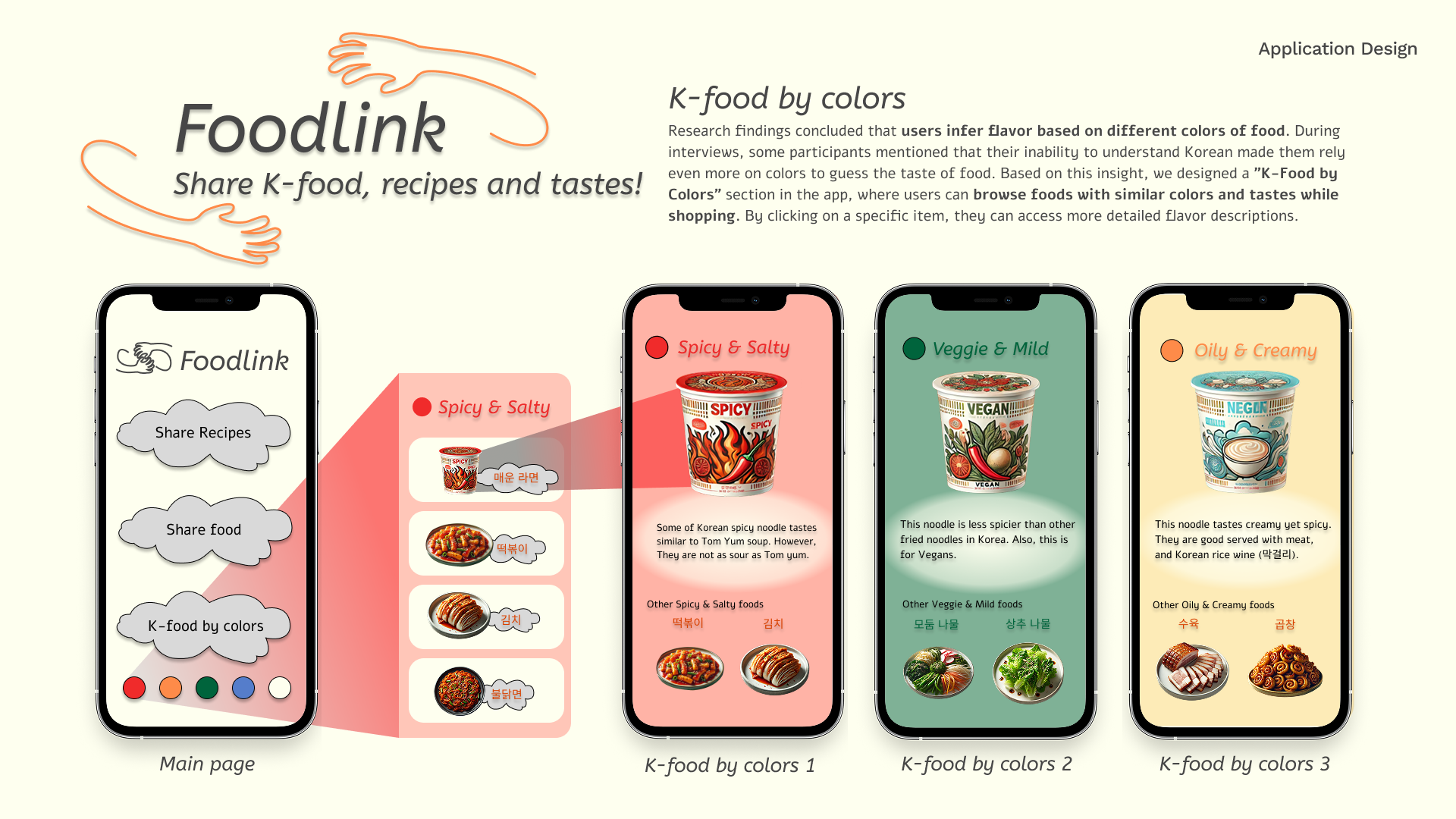
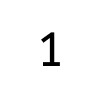

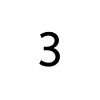



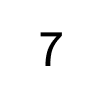


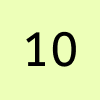
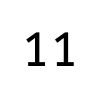

Lime light < Lime light > series consists of 6 artworks. It is a collection of pieces delivering dreamy light inspired by everyday scenes and dynamic ...
Dark light < Dark light > series consists of 10 artworks. It is a collection of pieces with a strong contrast of light and shadow, inspired by everyda...
Rootless My grandfather was a displaced person who escaped from the North during the Korean War. He often gathered his grandchildren to share stories of the...
Run < Run > reflects the personal experience of running. The refreshing sensation of moving dynamically against the wind provided significant emotiona...